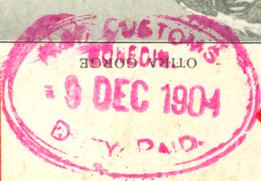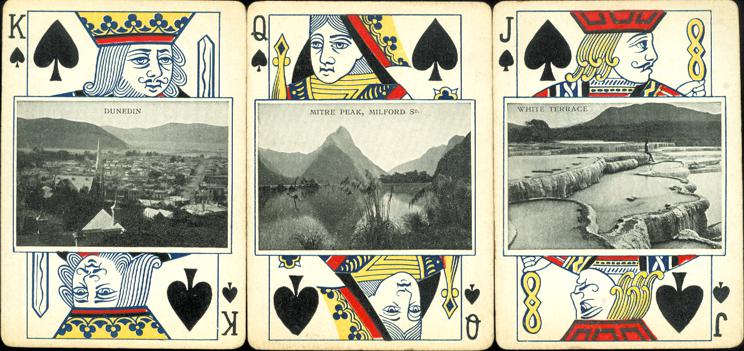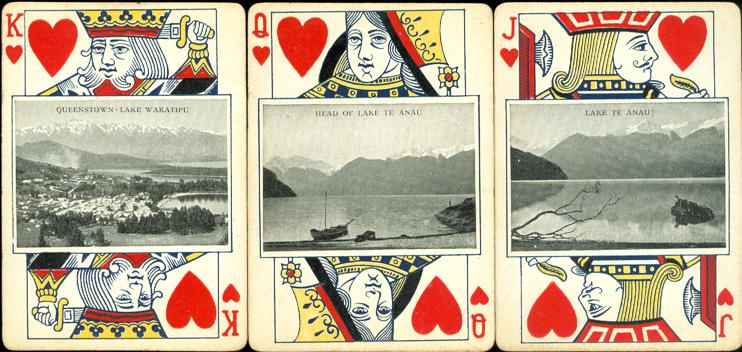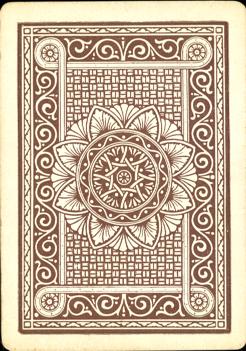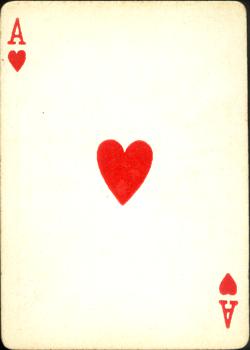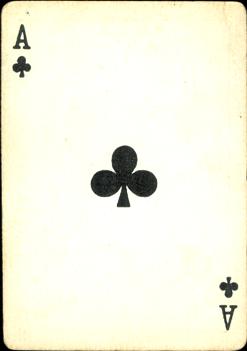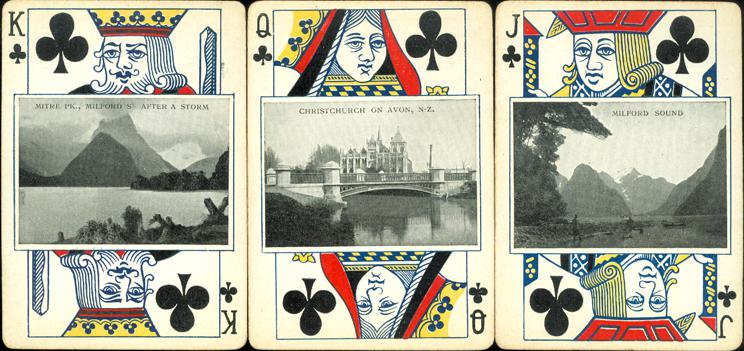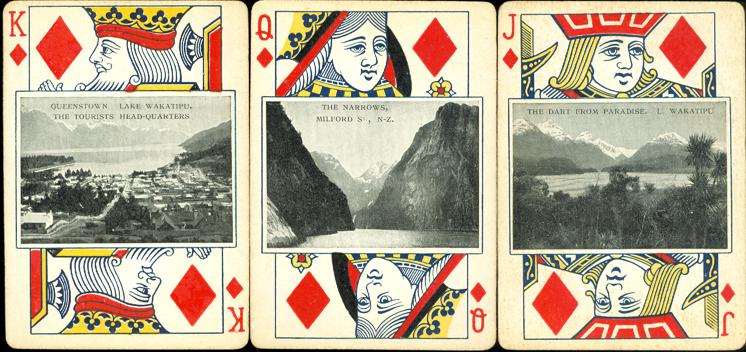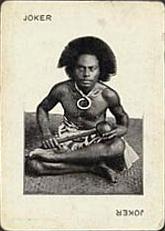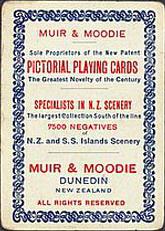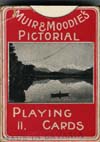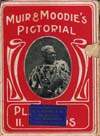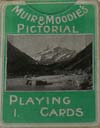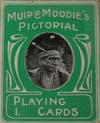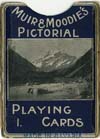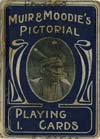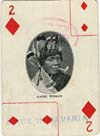|
Muir &
Moodie was a company that originated from the Burton Brothers, New
Zealand's most important photographic studio in the 19th century. The
studio was founded by Walter and Alfred Burton in 1866 and was situated
at Princess Street in Dunedin. The Burton Brothers pioneered
in the use of traveling darkrooms. They ordered a special photographic
van in 1869, which served both as a mobile darkroom and as a safe method
for transporting their heavy and delicate equipment.
Both brothers worked outside of the studio during
their partnership, |
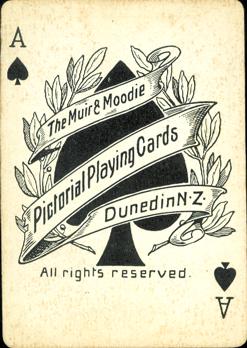
|
which was
dissolved by mutual agreement in 1876, with Alfred buying his brother's
share in the business, and taking on Thomas Mintaro Baily Muir
(c.1852-1945) as a partner. After 1880, when Alfred Burton and Thomas
Muir were partners, they also took on George Moodie as a photographer. Thomas Muir and George Moodie
officially took over Burton Bros when Alfred retired in 1898. They
continued to reissue popular Burton images as prints and postcards, but
under their name.
The sign
above their shop said it |
|
was the 'The Great Postcard Emporium'. The Muir
& Moodie firm had agencies all over the country and provided the
tourist market with books, cards and publications that were rich in
their use of scenic photographs.
They kept on photographing scenes across New Zealand and prospering from
the enormous postcard boom of the early 1900s. The firm eventually
closed in 1916, bringing an end to an historic era of New Zealand
photography. They became legendary, mainly because of their use of
photographs on different objects like serviette rings. |
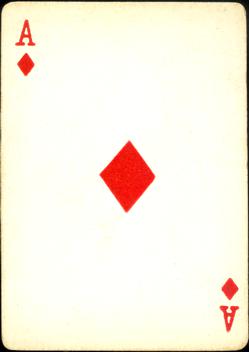
|
And
of course among our kind of collectors for these playing cards. The
layout of the cards is a bit remarkable, when compared with other
souvenir decks. Those courts usually have a complete picture too and are
only distinguished by the indices. Here the original courts are saved
and pictures were placed in the center, leaving the faces still
recognizable. The pips all have a picture too, but they too have been
placed in the center. The pips have the most interesting layout, with a
numeral card in two corners. The aces are plain, but CLICK them to see
the pips per suit. |
